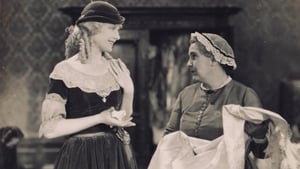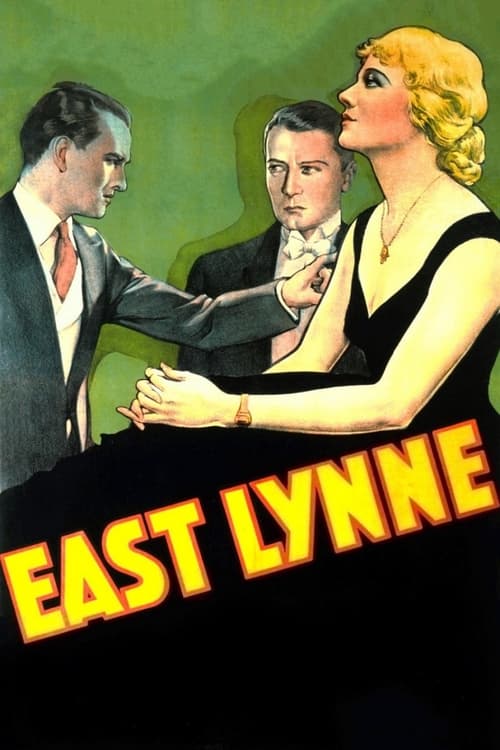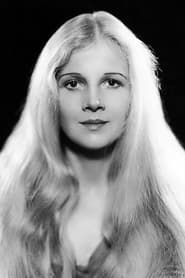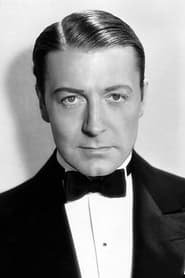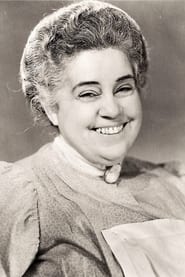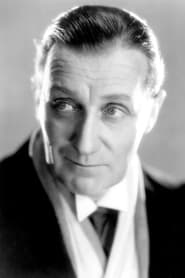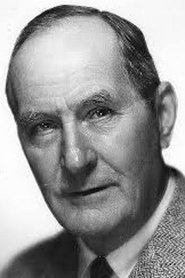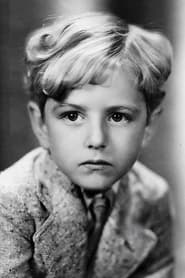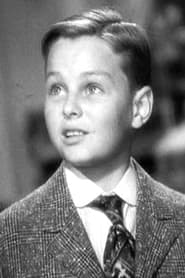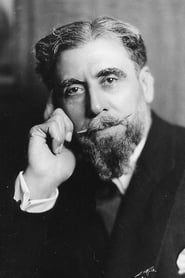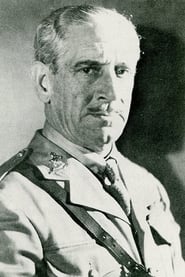Cast
View AllAnn Harding
as Lady Isabella
Clive Brook
as Capt. William Levison
Conrad Nagel
as Robert Carlyle
Cecilia Loftus
as Cornelia Carlyle
Beryl Mercer
as Joyce
O. P. Heggie
as Lord Mount Severn
Flora Sheffield
as Barbara Hare
David Torrence
as Sir Richard Hare
Wally Albright
as William as a Boy
Ronnie Cosby
as William as a Child
Eric Mayne
as Doctor
Claude King
as
May Beatty
as Charity Bazaar Committee
Robert Bolder
as
Nora Cecil
as Charity Bazaar Committee
Crew
Director
- Frank Lloyd
Writer
- Bradley King
- Tom Barry
Reviews
CinemaSerf
Much is made of the physical history of this film. The fact that it's only decent copy lies safely in the vaults of UCLA but I wonder if maybe that's not the best place for this rather unremarkable melodrama? The story centres around "Isabella" (Ann Harding) who marries "Sir Robert" (Conrad Nagel) who accepts her son but his sister "Cornelia" (Cecilie Loftus) doesn't. She now gets up to a bit of manipulation and stirring and that ends up driving the mother away, and to Paris where she makes a new life for herself - never forgetting the child she was forced to leave behind. When it turns out that the encroaching Prussians are going to upset her apple cart and an explosion puts her in the care of physicians who advise that that a darkened room is needed if she is to save her sight, she decides she must return to Britain and see her young lad whilst she still can. There are one or two scenes here where the dialogue is suitably robust for Harding to deliver well, especially when facing down her meddling sister-in-law, but for the most part this is really nothing special. The story follows a fairly predicable path of woe and merriment and more woe and try as I did, I just couldn't really get invested in the affairs of "Isabella" or her predicament - even if her treatment by the men in her life was at best indifferent, at worst cruel and possessive. The photography's fine and all in all it's an adequate drama, but one I think I'll only ever watch once.
Feb 16, 2024
Thematic Analysis
As a dramatic work, East Lynne examines complex human relationships and emotional struggles against the backdrop of a period setting that reflects societal issues of its time. The character development particularly stands out, offering viewers a chance to reflect on their own life journeys.
Director Frank Lloyd brings their distinctive visual style to this film, continuing their exploration of themes seen in their previous works while adding new elements. Their approach to character development and emotional depth creates a viewing experience that rewards close attention.
Released in 1931, the film exists within a cultural context that now offers viewers historical perspective on the social issues of that era. Its reception demonstrates the diverse reactions to its artistic choices and its place in cinema history.
Did You Know?
- The production of East Lynne took approximately 23 months from pre-production to final cut.
- The final cut of the film runs for 102 minutes, though the director's initial assembly was reportedly 155 minutes long.
- Some visual effects sequences took up to 3 months to complete.
- Several scenes were filmed in multiple locations to capture the perfect setting.
- The cast underwent specialized training for 8 weeks before filming began.
Historical Context
- In 1931, when this film was released:
- Television was becoming a dominant form of home entertainment.
- The civil rights movement was gaining momentum in the United States.
- The film industry was dominated by major studios, with independent cinema still in its early development.
How This Film Stands Out
While East Lynne shares thematic elements with other films in its genre, it distinguishes itself through its unique approach to storytelling, visual style, and character development.
Unlike The Toth Family, which takes a more conventional approach to its subject matter, East Lynne subverts genre expectations by exploring its themes with greater nuance.
While films like Die Anruferin and Ricochet explore similar territory, East Lynne stands apart through its deeper exploration of its central themes and more complex characterization.
This film's unique contribution to cinema lies in its bold artistic choices and willingness to challenge viewer expectations, making it a valuable addition to its genre.
Details
- Release Date: March 1, 1931
- Runtime: 1h 42m
